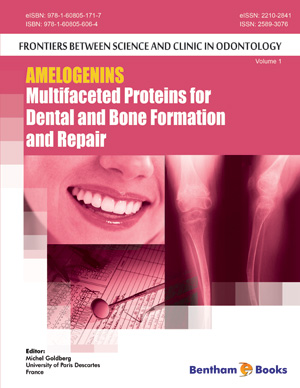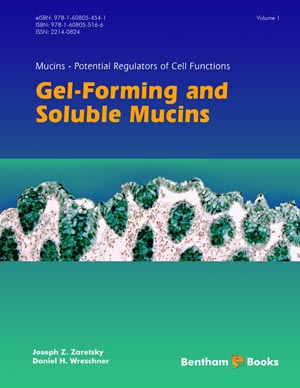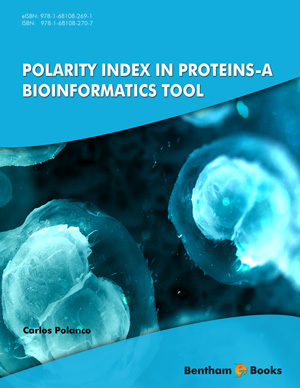Abstract
Bacterial Biofilms are densely packed microbial communities formed by the microorganism to escape from any external threat. These Biofilms are composed of a polysaccharidic matrix, which formed a slimy layer outside the cell wall and protected the microbes from any damage (both physical and chemical). Biofilm can be developed by microorganisms on any surface, including medical devices, oral cavity and other biomaterials. These biofilms are difficult to treat and required almost 10,000 more concentrations of antibiotics compared to planktonic microorganisms. These biofilms are the main hindrance in the treatment of hospital-acquired infections. Majority of the treatment against microorganisms fails due to these biofilms in a clinical setting. Combination of different antibiotics, natural molecules and other strategies is in use to combat these biofilms. Microorganisms inside the Biofilm trigger some genes by quorum sensing and affect the expression of several protein factors. The current chapter will focus on the use of the proteomic approach for better understanding the nature and role of Biofilm in microbial pathogenesis and lower the emergence of drug resistance in these microorganisms.
Keywords: Antibiotics, Biofilm, Drug resistance, Microorganism, Pathogenesis, Polysaccharidicmatrix, Proteomics.











